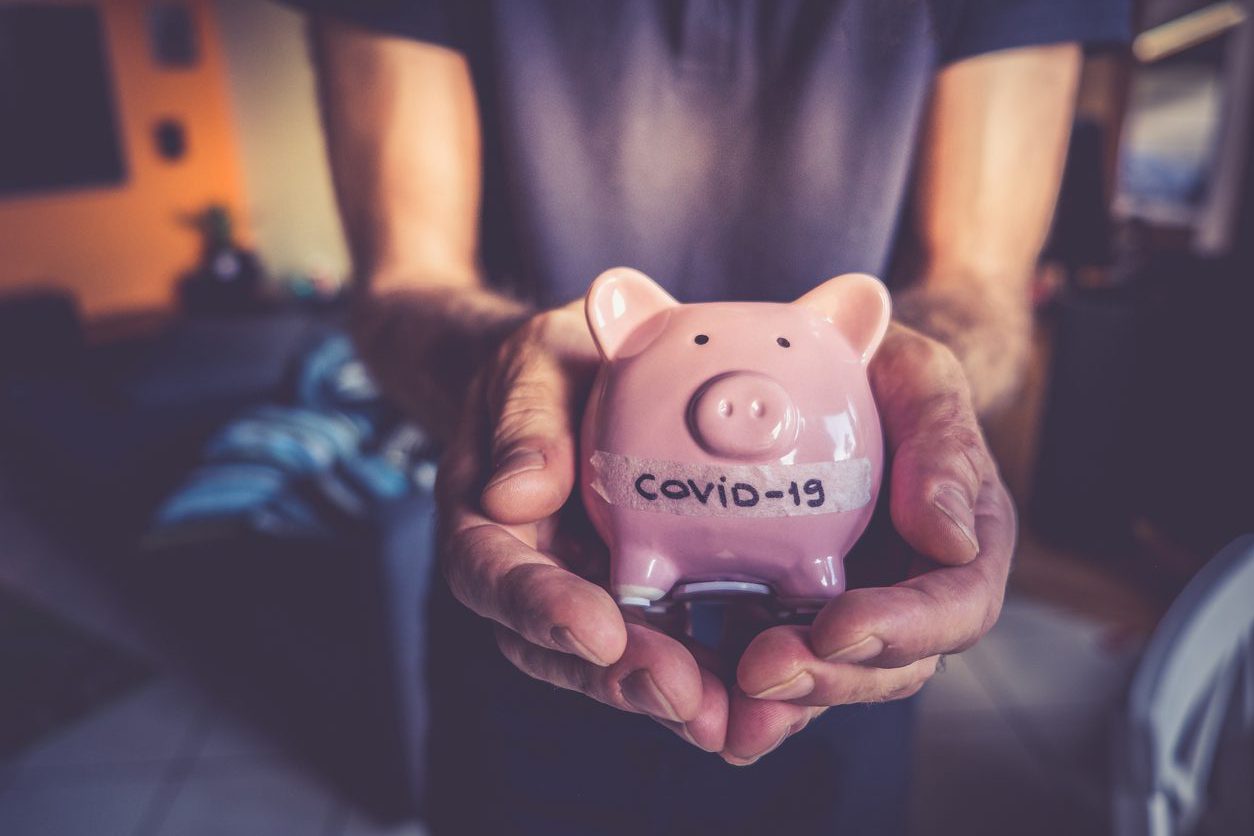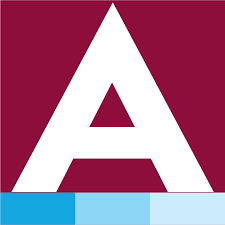There are multiple programs for COVID-19 financial assistance. Below is a list of resources available nationwide.
Food and nourishment
Last month, the United States Department of Agriculture set new COVID-19 financial assistance flexibilities in all 50 states and territories. It was to ensure that families who need food can get it during the national response to the Coronavirus. Additionally, the USDA partnered with the Baylor Collaborative on Hunger and Poverty, McLane Global, PepsiCo, and others to deliver more than 1,000,000 meals a week. Families can receive prepackaged meals, as well as fresh produce, depending on their location.
For more information on nourishment assistance, be sure to follow your local government on social media. Likewise, the Department of Education, local food banks, and your city’s school board communicate frequently about food pickup opportunities.
Immediate food aid
For immediate food aid, call the USDA National Hunger Hotline at 1-866-3-HUNGRY (1-866-348-6479) or 1-877-8-HAMBRE (1-877-842-6273). Information is available in English and Spanish. The hotline operates Monday through Friday, 7:00 AM to 10:00 PM Eastern Time.
Rental assistance
The U.S. Department of Housing and Urban Development helps apartment owners offer reduced rents to tenants. Tenants can search for an apartment and apply directly to the management office.
For homeowners that have difficulty making monthly mortgage payments due to the COVID-19 National Emergency, help is also available. According to the HUD website, homeowners should:
1. Continue to make your monthly mortgage payments if you are able to do so.
2. If you can’t make your mortgage payment, you should discuss your situation with your loan holder’s loss mitigation specialists. Please understand that your servicer’s response time may be slower than usual due to the pandemic.
3. Contact a HUD-Approved Housing Counseling Agency.
Unemployment benefits
The federal government is allowing new options for states to amend their laws to provide unemployment insurance benefits related to COVID-19. For example, federal law allows states to pay benefits where:
– An employer temporarily ceases operations due to COVID-19, preventing employees from coming to work
– An individual is quarantined with the expectation of returning to work after the quarantine is over
– An individual leaves employment due to a risk of exposure or infection or to care for a family member
Visit Career OneStop to file for or learn more about unemployment benefits.
Student Loan Forbearance Information
In March 2020, federal student loan borrowers automatically received administrative forbearance. The forbearance temporarily stopped monthly loan payment requirements, and the suspension will last until Sept. 30, 2020. Borrowers may still make payments if they choose. Read the borrower fact sheet at StudentAid.gov to learn more.
Having trouble locating your stimulus check?
If the IRS website gives you a payment status not available error, you should try entering your street address using all capital letters. The article by the Los Angeles Times explains the solution in full detail. It’s a weird hack, but it will allow you to view the status of your stimulus check.
COVID-19 financial assistance
There are many resources available for COVID-19 financial assistance. Continue to follow your local news outlets and blogs for more updates.








